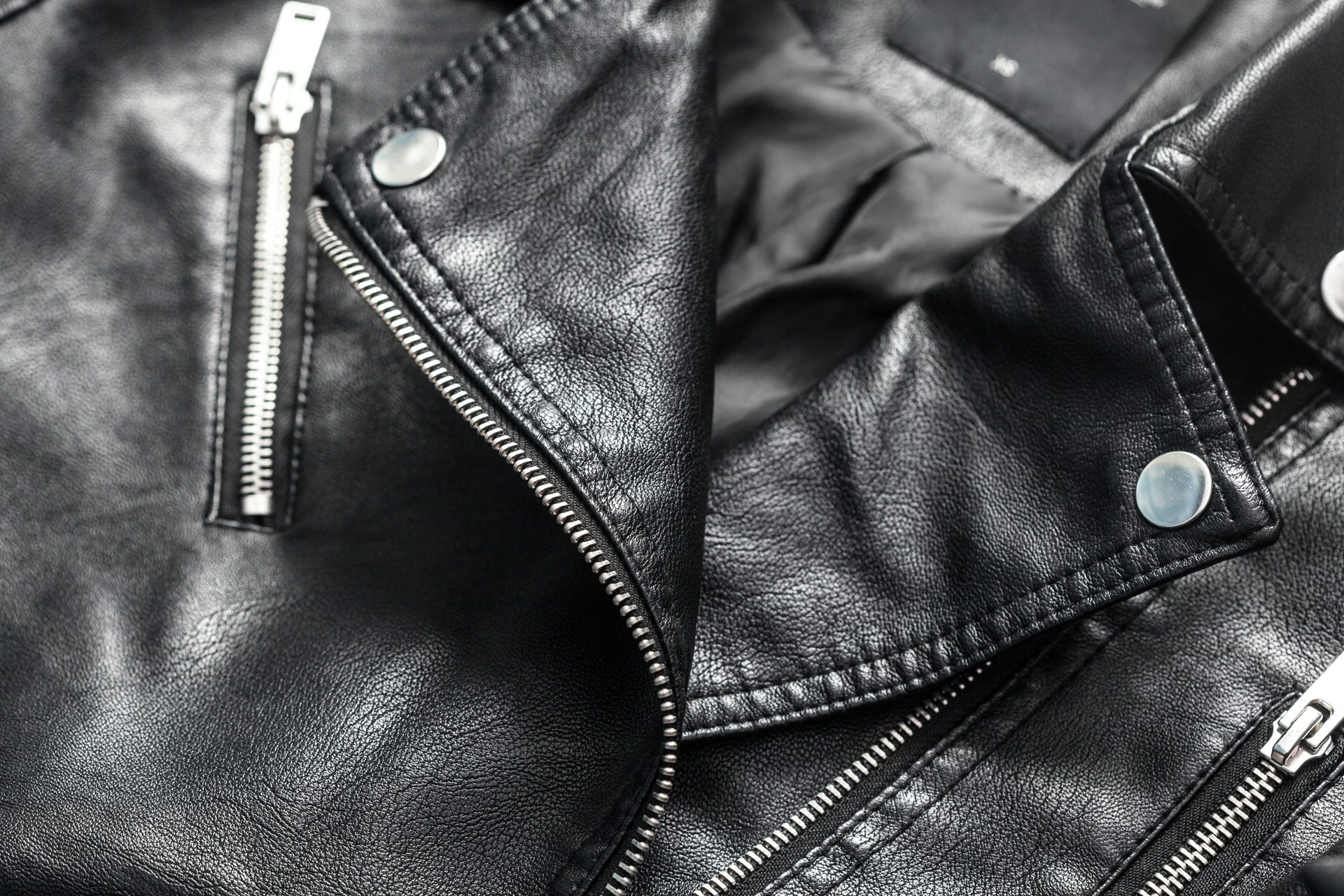Restoring Faded Leather: What’s Possible and What’s Not
 If something has been with you through seasons, road trips, job interviews, or just your everyday hustle, it’s hard to imagine letting it go, especially when it’s a pair of leather shoes or the handbag you carry almost every day. Because of that deep connection, it pays to understand where professional restoration truly shines and where it needs to proceed with caution.
If something has been with you through seasons, road trips, job interviews, or just your everyday hustle, it’s hard to imagine letting it go, especially when it’s a pair of leather shoes or the handbag you carry almost every day. Because of that deep connection, it pays to understand where professional restoration truly shines and where it needs to proceed with caution.
While leather can often be revived beautifully, there are still times when even the best methods can’t fully undo years of wear. Recognizing the line between what’s possible and what’s not is the key to keeping expectations realistic and avoiding disappointment.
With that in mind, let’s look at both the possibilities and the limits of leather restoration.
What Types of Faded Leather Can Be Restored and Which Can’t?
Different types of leather require specific approaches, and that matters when you’re trying to bring a faded piece back to life. Some leather types respond beautifully to professional treatment, while others, especially those with heavy damage or poor construction, just won’t recover no matter how much time or money you pour into them.
The key is knowing what kind of leather you're working with and what restoration methods are compatible with it. This helps avoid wasted effort or false expectations. Before you decide whether to restore or replace, start by identifying the leather and understanding how it behaves when it fades.
1. Full-grain and Top-grain Leather – Best Candidates for Restoration
Full-grain and top-grain leathers are high quality and hold up well over time, making them great candidates for color touch-ups, conditioning, and refinishing. If they’ve just faded from sun exposure or dry air, most professionals can bring back richness and depth using leather-safe dyes and moisturizing treatments.
These leathers are typically found in premium leather jackets, structured handbags, boots, and luxury coats. They develop patina rather than peeling or cracking, which is why many customers love the idea of restoring instead of replacing them.
2. Nubuck and Suede – More Delicate, Partially Restorable
Nubuck and suede are more sensitive to water, oils, and even cleaning techniques, but that doesn’t mean all hope is lost. While restoring the exact original color is often tough, especially on bright or light shades, a professional suede cleaner can often improve the item’s appearance significantly through brushing, steaming, and gentle recoloring.
Still, don’t expect a fully even tone across the item. These materials absorb dye differently than smooth leather, and any stains or uneven fading may still show through a bit after treatment.
3. Bonded or Faux Leather – Not Restorable
Here’s where it gets tricky. Bonded leather and faux leather are often mistaken for the real thing, but they’re made from leather scraps or synthetic materials with a plastic coating. Once these start peeling, cracking, or fading, there’s really no coming back.
These materials don’t respond well to conditioners or dyes, and attempting restoration usually leads to more damage. If your piece is made from bonded leather (often used in cheaper coats or bags), replacement is usually the more cost-effective route.
4. Heavily Cracked or Peeled Leather – Beyond Saving
Even real leather has its limits. If it’s deeply cracked, dried out like cardboard, or has started peeling in sheets, the structure of the hide has already broken down. Restoration treatments can’t rehydrate or replace the lost fibers.
At this point, restoration turns into a cosmetic patch job at best, and may not last more than a few uses. This is where an honest professional will tell you it's not worth the expense.
Signs Your Leather Item Is Still Worth Saving
Once you know what kind of leather you’re dealing with, the next step is evaluating its current condition. Not all faded items are too far gone, and a lot of times, customers give up on a piece that still has plenty of life left in it.
The trick is spotting the signs that your garment or accessory is still structurally sound and responsive to treatment. If the foundation is intact, color and texture can usually be improved. Let’s look at some easy ways to tell if restoration is a good move.
1. Surface-level Fading Without Structural Damage
If the fading looks more like a dullness or light discoloration, especially if it’s even across the surface, that’s usually a good sign. This kind of wear often happens with exposure to sunlight or air over time, but the leather underneath is still healthy.
In these cases, a deep conditioning, professional clean, and optional recoloring can make a dramatic difference. The item hasn’t lost its integrity – it just needs a refresh.
2. Softness and Flexibility Are Still Present
Give the leather a gentle bend or squeeze. If it still feels supple and flexible, you’re in good shape. Leather that’s dried out beyond repair will feel stiff, brittle, or flaky, and may even make a slight cracking noise when moved.
Restorable leather still moves with ease and feels smooth (even if dry). If it passes this "bend test," conditioning treatments and recoloring will likely work well.
3. Minimal Surface Cracking or Peeling
Some minor surface wear is expected, especially on high-friction areas like bag handles, jacket sleeves, or boot toes. Small cracks or scuffs in the finish can often be smoothed out and recolored by a professional.
However, if you see peeling in layers, especially if fibers underneath are exposed, it’s likely beyond help. Still, if cracking is shallow and limited, don’t write off the piece just yet. Many cleaners can patch and blend light wear seamlessly.
4. Stitching and Lining Are Still Intact
Sometimes it’s not the leather itself, but the construction of the item that decides whether it’s salvageable. Check the seams, zippers, buttons, and inner lining. If these are solid and clean, that’s a good indicator the item hasn’t reached the end of its lifespan.
Repairing loose seams or worn linings is possible, but if multiple structural elements are breaking down, it may be time to retire the piece. A well-made jacket or bag will hold up better through restoration if it’s still holding together at the edges.
5. No Signs of Mold, Mildew, or Deep Staining
Surface dirt is one thing, deep staining or mold is another. If your item has been stored in a damp space or has signs of mildew, restoration becomes much more complex. Leather absorbs moisture, and once mold penetrates the fibers, it can be hard to treat fully.
However, if it’s just surface spotting or dirt buildup, don’t panic. A professional leather dry cleaner or suede specialist can often remove it safely without damaging the finish.
Get Your Leather Back in Shape – Schedule Leather Restoration with Arrowhead Cleaners & Laundry

If you're looking for the best leather restoration experts in Bismarck, North Dakota, Arrowhead Cleaners & Laundry is the company to call. With over 60 years of expertise, we combine specialized knowledge of leather and suede materials with advanced cleaning techniques to tackle everything from minor wear to serious fading or staining.
Whether you need leather restoration services for worn pieces or protection against future damage, our team delivers trusted results that stand the test of time. From jackets and handbags to furniture and accessories, we treat each item with precision, carefully matching methods to your leather’s unique texture, finish, and color.
Our remarkable reputation in fabric care in Bismarck and the surrounding areas means you can trust us to handle your most prized and delicate investments.
Visit us at 1140 North 3rd Street, Bismarck, North Dakota, 58501, or call (701) 223-3311 to schedule your leather restoration today. The sooner you start, the sooner your leather can look and feel its best again.

